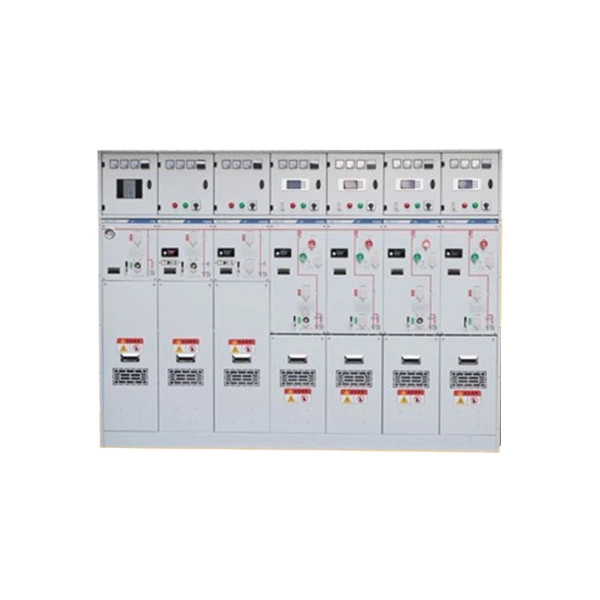What Is The Structural Principle Of The Distribution Box?
The distribution box is a massive parameter on the data. Generally, it constitutes a low-voltage distribution box. According to the electrical wiring requirements, the switchgear, measuring instruments, protective electrical appliances and auxiliary equipment are assembled in a closed or semi-closed metal cabinet or on a screen to form a low-voltage distribution box. During normal operation, the circuit can be connected or disconnected with the help of a manual or automatic switch.
High And Low Voltage Distribution Cabinets is to assemble the switchgear, measuring instruments, protective electrical appliances and auxiliary equipment in a closed or semi-closed metal cabinet or on a screen according to the electrical wiring requirements to form a low-voltage distribution box. During normal operation, the circuit can be connected or disconnected with the help of a manual or automatic switch. In case of fault or abnormal operation, the circuit is cut off or an alarm is issued with the help of protective electrical appliances. Various parameters in operation can be displayed by measuring instruments, and certain electrical parameters can be adjusted to prompt or send signals for deviations from normal working conditions.
There are two types of distribution box structures:
1. Welding structure: simply cut, bend, open holes in sheet metal parts and then weld them together.
2. Assembly structure: The sheet metal parts are processed separately, and each part is assembled after processing. It is reinforced and locked with screws and tees. It has a beautiful appearance and is easy to operate, which can save a lot of transportation costs.
Classification by structural characteristics and uses:
(1) Fixed panel switch cabinet, often called switch panel or distribution panel. It is an open switch cabinet with a panel shielding. The front has a protective function, and the back and sides can still touch the live parts. The protection level is low and can only be used in industrial and mining enterprises with low requirements for power supply continuity and reliability. It is used for centralized power supply in substations.
(2) Protective (i.e. closed) switch cabinet refers to a low-voltage switch cabinet with all sides closed except the installation surface. The switches, protection and monitoring and control electrical components of this cabinet are all installed in a closed casing made of steel or insulating material, which can be installed against the wall or away from the wall. Each circuit in the cabinet can be isolated without isolation measures, or it can be isolated with grounded metal plates or insulating plates. Usually the door and the main switch operation are mechanically interlocked. There are also protective table-type switch cabinets (i.e. control consoles), which are equipped with control, measurement, signal and other electrical appliances on the panel. Protective switch cabinets are mainly used as power distribution devices at process sites.
(3) Drawer-type switch cabinets. This type of switch cabinet uses a closed shell made of steel plates. The electrical components of the incoming and outgoing line circuits are installed in removable drawers to form a functional unit that can complete a certain type of power supply task. The functional unit is separated from the busbar or cable by a grounded metal plate or a functional board made of plastic, forming three areas: the busbar, the functional unit and the cable. There are also isolation measures between each functional unit. Drawer-type switch cabinets have high reliability, safety and interchangeability. They are relatively advanced switch cabinets. Most switch cabinets refer to drawer-type switch cabinets. They are suitable for industrial and mining enterprises and high-rise buildings that require high power supply reliability as a centralized control distribution center.
(4) Power and lighting distribution control boxes. Most of them are closed and vertically installed. The shell protection level varies depending on the application. They are mainly used as power distribution devices at the production site of industrial and mining enterprises.

